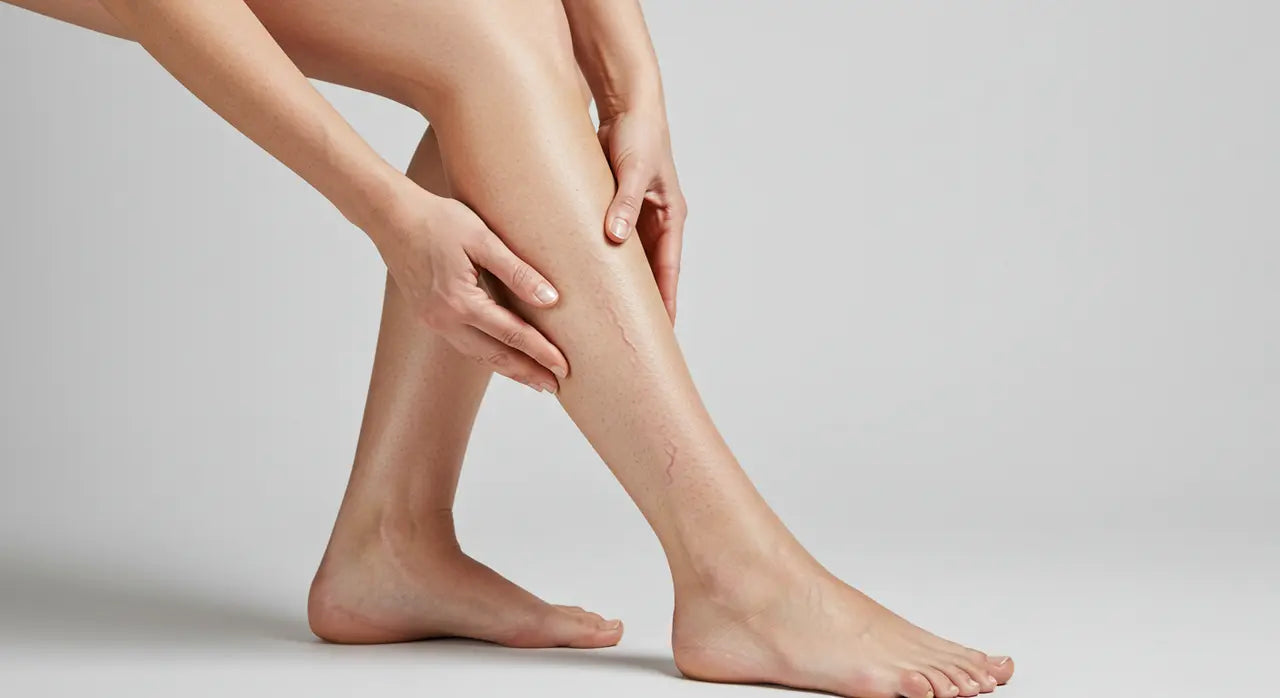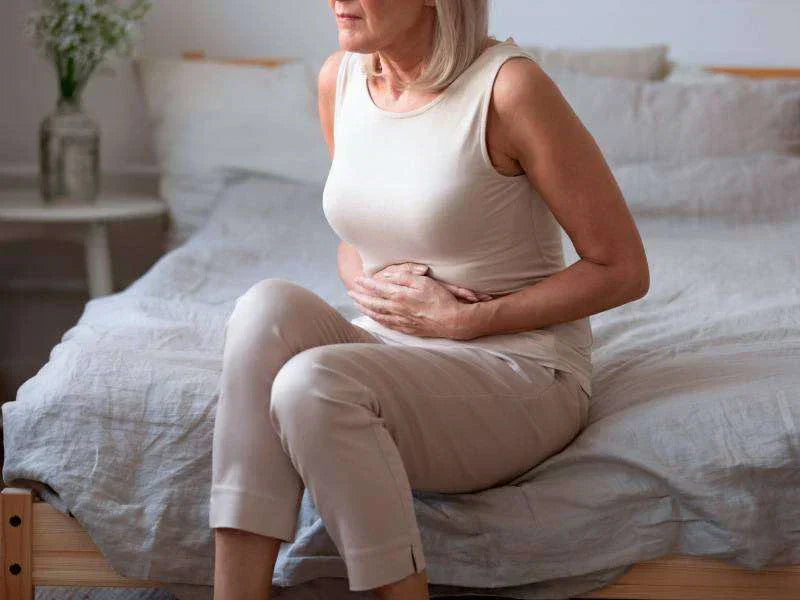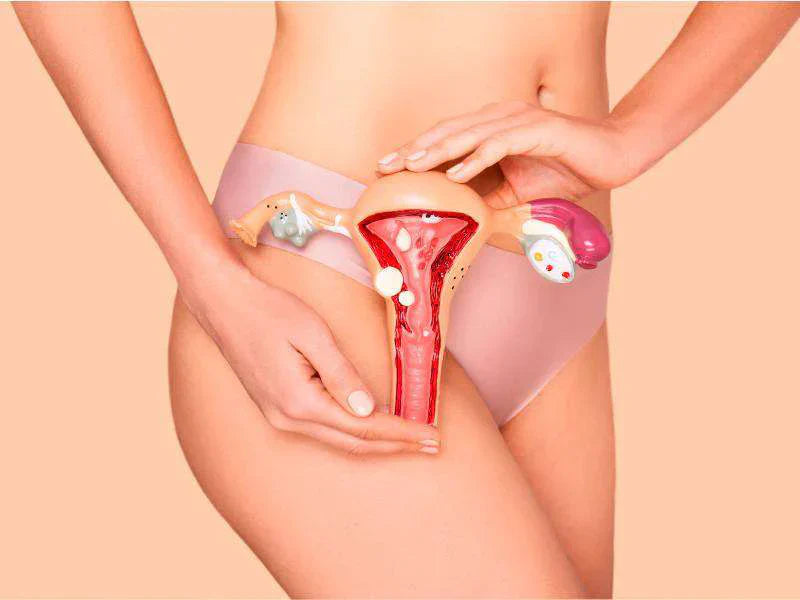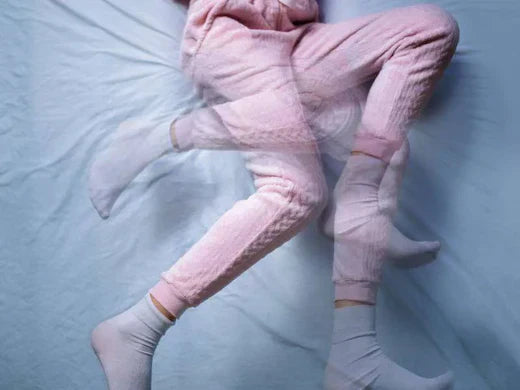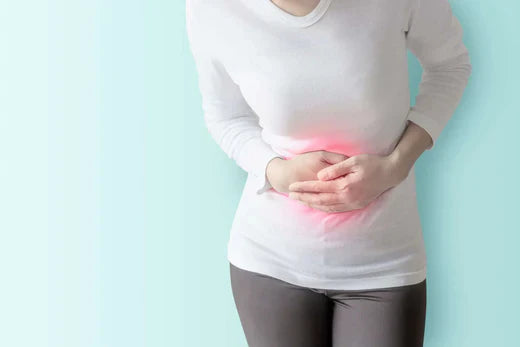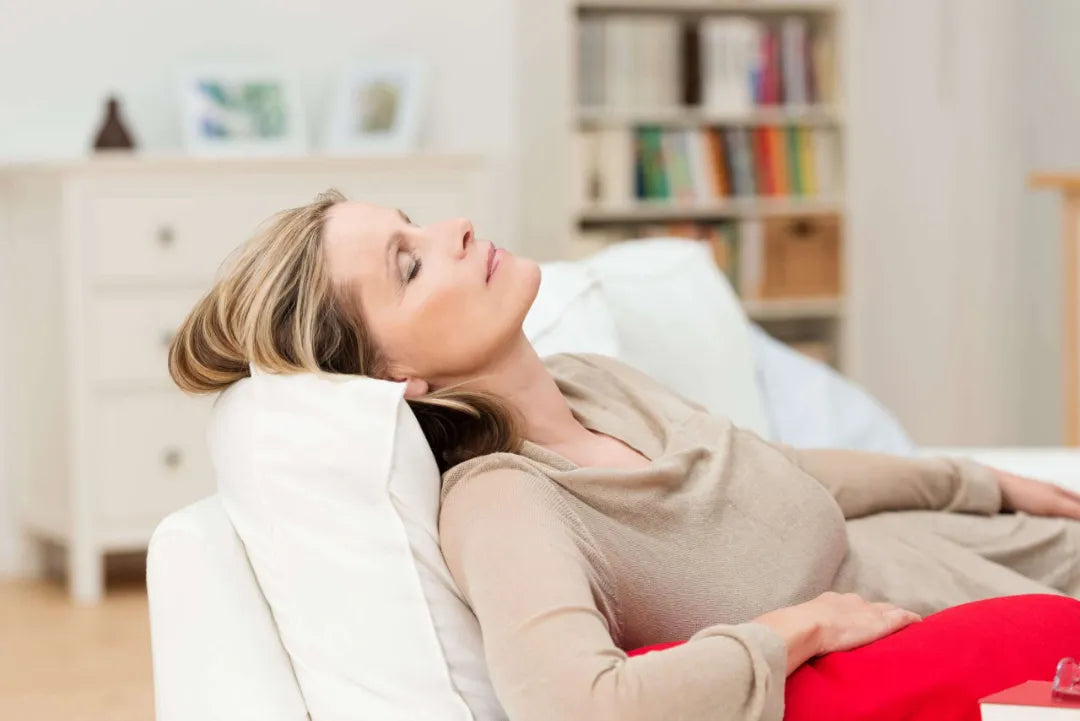During menopause, many women notice that their legs feel heavier, swollen, or have more prominent veins that were not there before. Varicose veins in legs may appear or worsen during this stage due to hormonal changes. Although common, they are also treatable.
Below, we explain what they are, why they appear, and what you can do to feel better.
What are varicose veins in legs, and why do they appear?

Varicose veins are dilated and twisted veins that can be seen under the skin. Typically, in the calves, ankles, or behind the knees. They usually appear blue or purple, and in many cases, they are raised when touched (1, 2).
This problem occurs when the valves that regulate blood flow stop functioning properly, causing blood to accumulate in the veins and resulting in inflammation (1, 2). This condition is directly related to poor circulation, a problem that worsens during menopause (3).
Varicose veins can also appear in other areas. For example, the pelvic region, which can cause pelvic pain. In fact, haemorrhoids are a type of varicose vein that forms in the rectal area (2).
The role of oestrogen and progesterone in vascular health
Female sex hormones, especially oestrogen and progesterone, play a fundamental role in the proper functioning of the circulatory system. They help maintain the elasticity of blood vessel walls and facilitate the return of blood to the heart (4).
With the onset of menopause, hormone levels drop, reducing the ability of veins to stay firm and functional. As a result, the likelihood of varicose veins in legs and other circulatory complications increases (4, 5).
Varicose veins in legs: risk factors for developing
In addition to hormonal changes, there are other factors that contribute to the appearance of varicose veins, including (1, 2, 5):
-
Having a family history of varicose veins.
-
Remaining standing or sitting for long periods without moving.
-
Lack of regular physical activity.
-
Being overweight or obese.
-
Smoking.
-
Wearing tight clothing or high heels for prolonged periods.
-
Certain hair removal methods, such as hot wax.
Some gynaecological problems can also coexist with the appearance of varicose veins. For example, uterine fibroids can increase pressure in the pelvic area, affecting circulation and increasing discomfort (6).
Common symptoms of varicose veins in legs
Varicose veins usually cause symptoms that may worsen over time. Some of the most common include (1, 2, 5):
-
Visible and bulging veins, like cords under the skin.
-
Heaviness or fatigue in the legs.
-
Leg cramps, especially at night.
-
Burning or itching in the affected area.
-
Swollen legs and feet, especially at the end of the day.
-
Skin changes, such as dark spots or ulcers in more severe cases.
These symptoms can interfere with daily well-being, affecting the quality of life. Moreover, in some women, they can even contribute to mood disorders due to their impact on self-esteem.
How to prevent the appearance of varicose veins in legs
Although it is not always possible to prevent them from appearing, steps can be taken to prevent varicose veins in the legs from worsening or causing more significant discomfort. These measures include (1, 2, 5):
-
Exercise regularly, such as walking, swimming, or practising yoga.
-
Elevate your legs when resting.
-
Sleep with your legs slightly elevated, supported by pillows.
-
Avoid crossing your legs for prolonged periods.
-
Maintain a healthy diet, rich in fibre, fruits, and vegetables.
-
Drink plenty of water to reduce fluid retention.
-
Wear comfortable clothing and avoid tight garments.
-
Use compression stockings if you spend long hours standing or sitting.
By following these habits, you can greatly alleviate the annoying symptoms caused by varicose veins.
When to consult a specialist
If the symptoms of varicose veins in the legs worsen, seek medical advice. There are effective treatments to improve both the appearance and general well-being. Some of them include (1, 2, 5):
-
Sclerotherapy.
-
Vascular laser treatment.
-
Minimally invasive surgeries.
Taking care of your legs is also taking care of yourself
Without a doubt, varicose veins in legs are not just an aesthetic problem; they can also affect your quality of life. Adopting healthy habits and being aware of the symptoms is key to feeling better. Don't forget to consult a specialist when necessary.
If you've made it this far, you might also be interested in learning more about solving problems often related to menopause, such as vaginal tightening or vaginitis.
Would you like to explore solutions to feel more comfortable every day? Visit Essity and explore all the products available for you, designed to support you during this stage with comfort and confidence.
Referencias Bibliográficas
-
NHS. Varicose veins [Internet]. 2024 [cited 2025 Jul 7]. Available from: https://www.nhs.uk/conditions/varicose-veins/
-
Cleveland Clinic. Varicose Veins [Internet]. 2024 [cited 2025 Jul 7]. Available from: https://my.clevelandclinic.org/health/diseases/4722-varicose-veins
-
British Heart Foundation. Menopause and your heart [Internet]. [cited 2025 Jul 7]. Available from: https://www.bhf.org.uk/informationsupport/support/women-with-a-heart-condition/menopause-and-heart-disease
-
The Private Clinic. Menopause and Varicose Veins: How Progesterone and Estrogen Affect Vein Health [Internet]. [cited 2025 Jul 7]. Available from: https://www.theprivateclinic.co.uk/blog/menopause-varicose-veins-progesterone-estrogen/
-
Perry S. Varicose Veins Menopause: Are they dangerous to your health? [Internet]. [cited 2025 Jul 7]. Available from: https://gennev.com/learn/menopause-varicose-veins/
-
Knuttinen MG. Conditions treated: uterine fibroid; varicose vein [Internet]. Phoenix (AZ): Mayo Clinic; 2025 [cited 2025 Jul 8]. Available from: https://www.mayoclinic.org/biographies/knuttinen-martha-gracia-m-d-ph-d/bio-20380028-bio-20380028
You May Also Like

JOIN US AND GET 10% OFF
Sign up to our newsletter to access free resources, advice and support.



